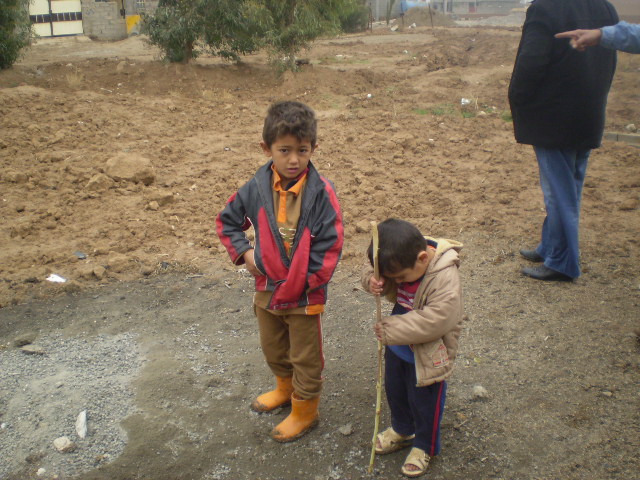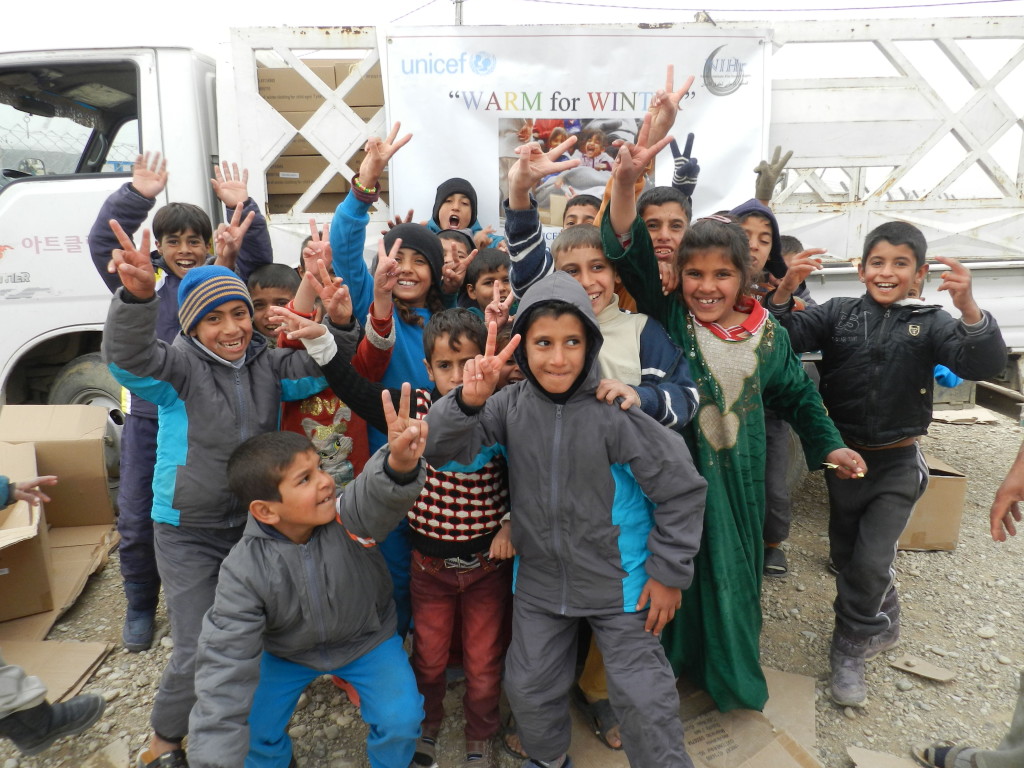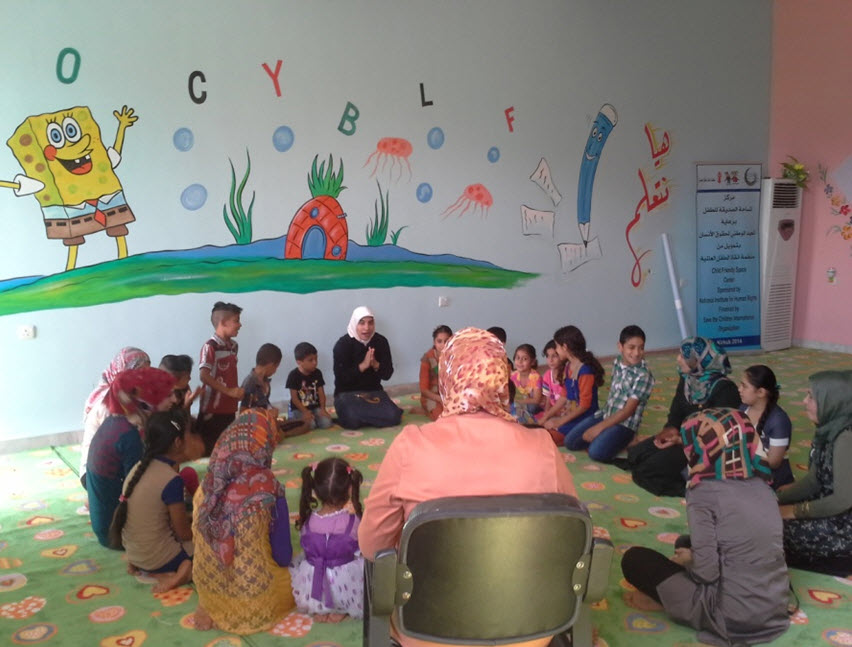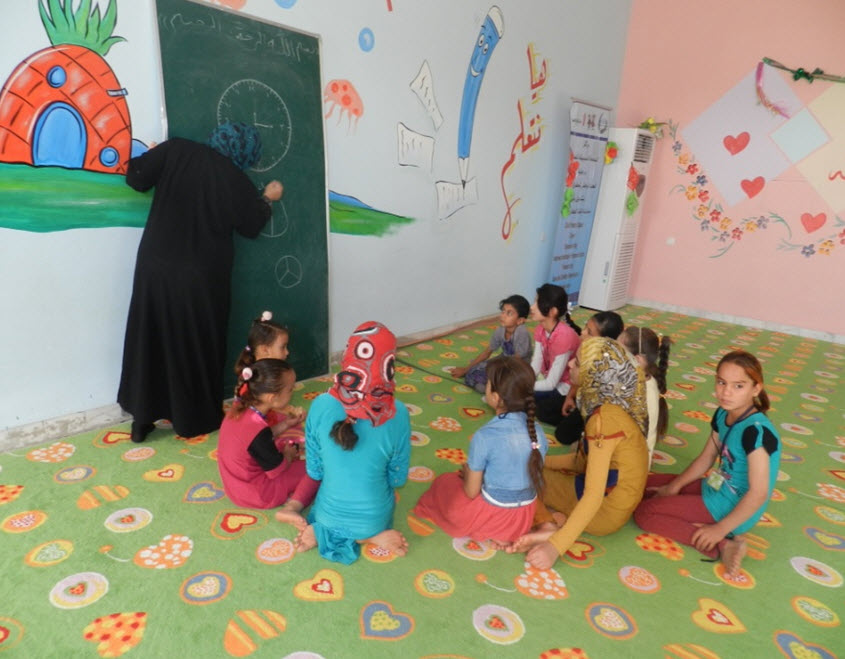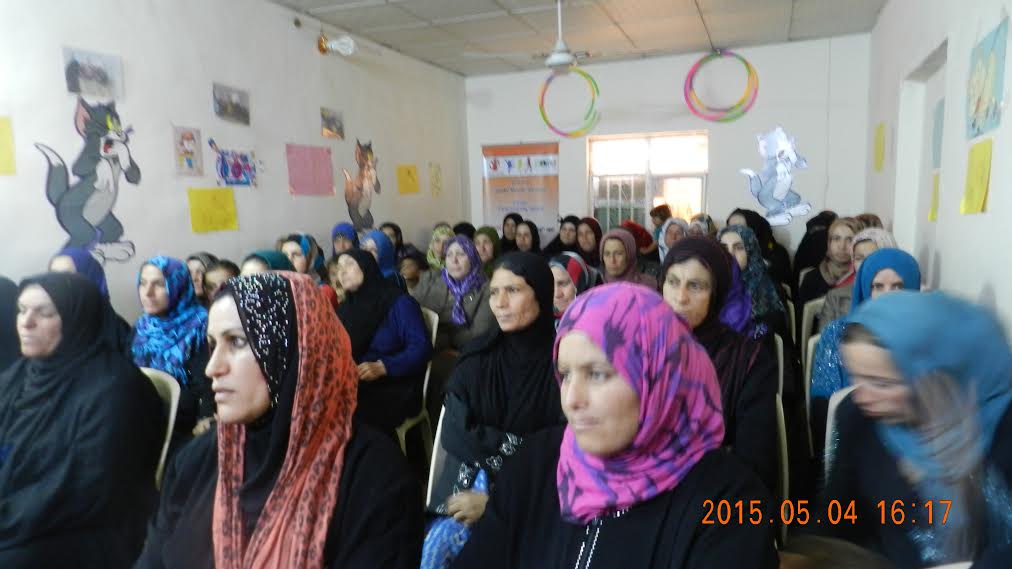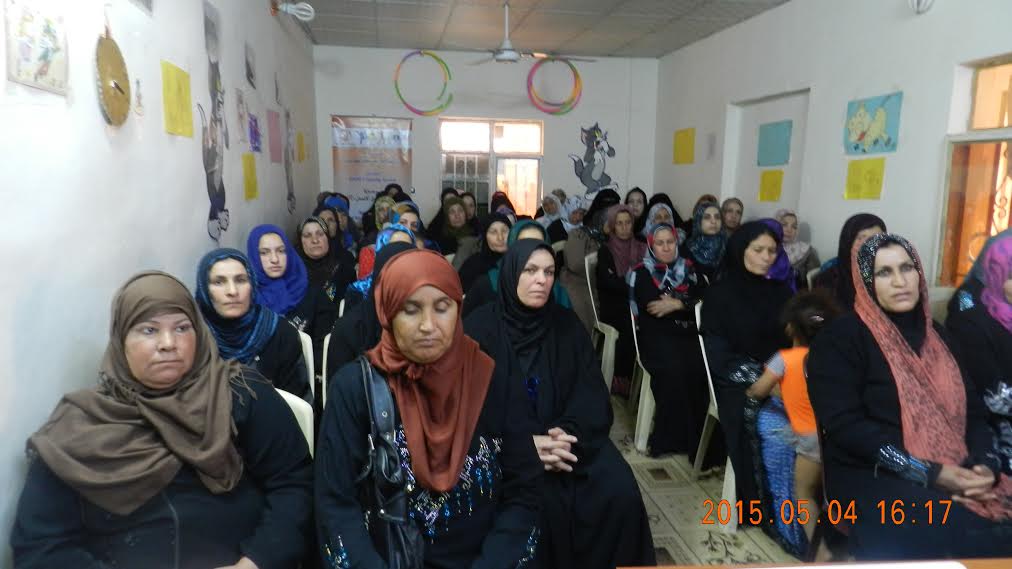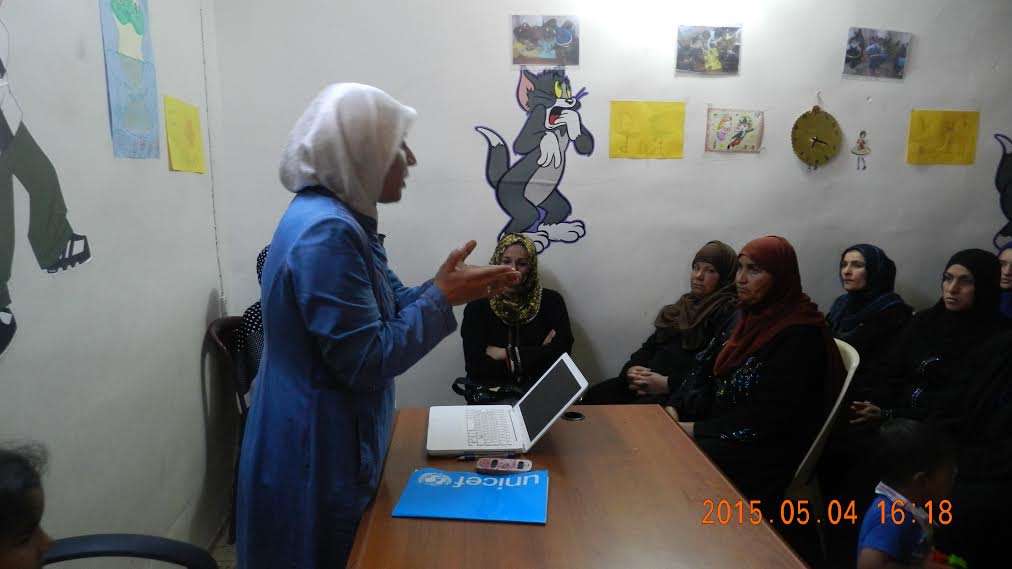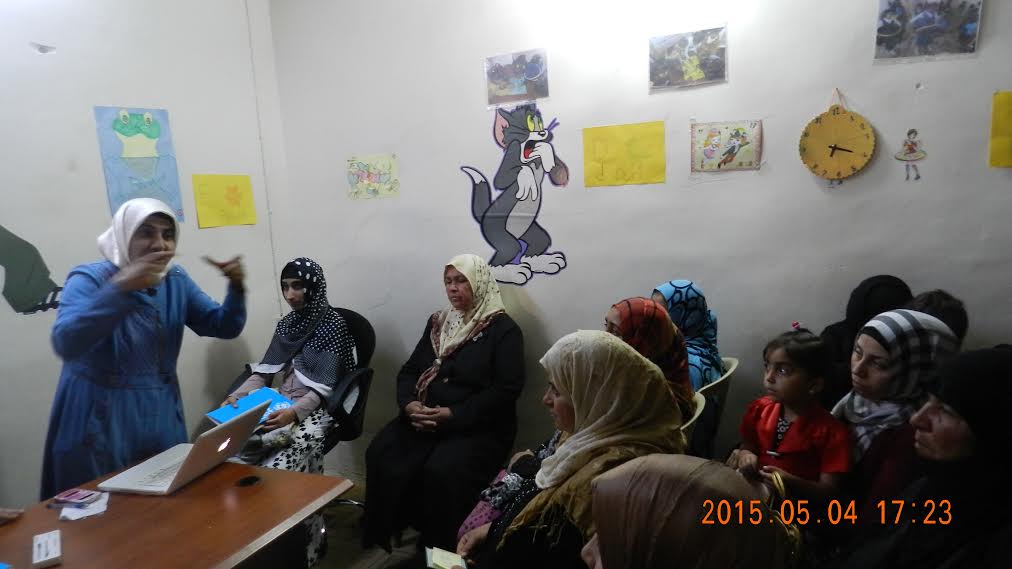Child safeguarding policy of the National Institute for Human Rights
The priorities and objectives of the organization:
The Organization Interest is to protect the child and the creation of a special department to ensures the application of the principles of child protection policy contained in the Convention on the Rights of the Child in 1989, and from this point the National Institute of Human Rights adopted the terms of this Agreement through the following audio clip:
This document outlines the policies and procedures established by the National Institute for Human Rights organization to ensure that it is recognized as a child safe organization.
Providing security and happiness for children is a core job of the Institute, and it is important for all to know that children are subjects to abuse and sexual exploitation by adults intentionally or unintentionally, and the Institute cannot accept that and it takes suitable steps to prevent it and responding to the needs of children whenever suspected of an abuse .
This documents includes basic elements of the Institute which are (declaration of commitment, bond of exercise, work frame) which are based on by the members of it and all workers in the field of child protection and it clarifies the best way to deal with children and ensure their safety because the work of the Institute is direct with children and aims for their protection, therefore everyone must have a united perspective to deal with children and there must be united definition and agreed on for what child abuse does mean, and existence of a mechanism that agreed on to deal in case of child abuse .
Aims of this document:
- Participating in level up the awareness about risks involving exercising all shapes of violence and abuse against children.
- Children and their parents in touch with the organization and its programs enjoy the maximum protection from exercising all shapes of violence against children .
- Giving directions to work with children in active way to protect them from abuse.
Child safeguarding policy of the organization includes mandatory requirements apply on all its members and in all of their positions whether in defense, campaigns and development programs or humanitarian response programs and emergencies.
- Making sure of what to do when suspected of an abuse happening.
Therefore, the headlines of this document which will be guidance for the Institute are :
- Definition of Child : is every human under the age of 18 years. .
- Abusing a child means : physical, sexual, psychological, and intellectual abuse, and each child abuse is violation to their rights and the Institute cannot accept that .
- Working on improvement of circumstances of all children by the promotion for their rights according to the child rights convention of 1989 .
- The Institute works on the commitment with child rights convention and its two attached protocols by awareness to make sure that all members realize the range of risk of child abuse problem .
- The Institute works by awareness and exercise on making sure that all its members work on reducing the risks that children are subject to, to the maximum limit possible.
- The Institute works to make sure that all members have knowing about the mechanism and the steps that must be followed when there are concerns about child safety
- The Institute works to make sure of response and take the suitable procedures to support and protect children when concerns begin of possible child abuse .
- The Institute takes the concerns of child abuse in all forms seriously and suitable procedures are taken according to its available potentials .
- The work of the Institute is based on principle (the best interest of the child) which included in the child rights convention that Iraq associated in 1994.
- The Institute works on the participation of parents and caregivers to ensure child protection .
- The Institute works by its members on respecting child rights, therefore when they be in contact with children they must be committed to the following:-
- To deal with children with respect all the time, and to consider each one of them
- To look at them positively, and appreciate them as individual with needs and rights, and they have participation to offer.
- To work with them with spirit of cooperation and partnership based on mutual respect and trust
- To listen and respect their opinions and thoughts in environment they live in and to appreciate their reviews and taking them seriously
- To work with them in ways which develop their energies, natural abilities and potentials
- Not to discriminate in any form between children in dealing to protect the information involving them. And to move the information precisely .
- Reporting the concerns of child abuse and respond to them seriously, so the members must report child abuse to the official in the Institute .
- To make children recognize their rights, what accepted and what not, and what could be done, and what not in case of a problem
—————————————————————————–
National Institute of Human Rights adopted workshop and training and education for parents of children ….
NIHR embraced a special project for the sake of developing educational expertise and domestic education for a future free of violations. Projects` monthly educational workshops for the parents were held in (Hay al askery, Almansour, Tirkalan, and Hay al aden), for the purpose of educating the parents about childe protection policy, and discussing the most distinguished ways that should be used in raising the children. also discussing the importance of achieving childe rights, and protecting them from domestic violence, NIHR organized several workshops in Child-friendly Spaces` on 4\5\2015 to discuss child protection policy with the parents, and how is achieved on real life, and how it was accomplished in their children`s life, and to maintain their rights.



